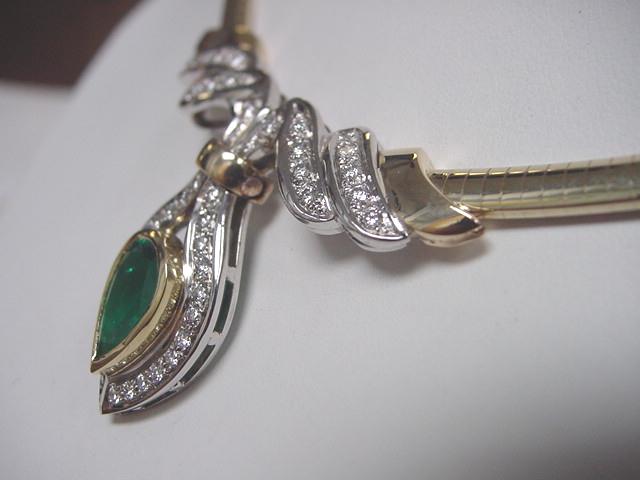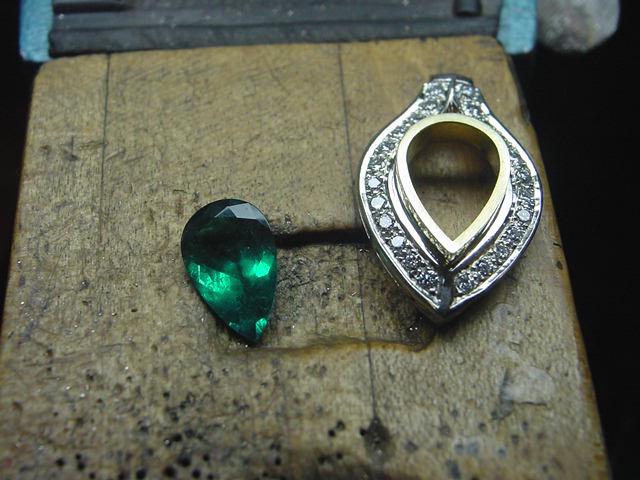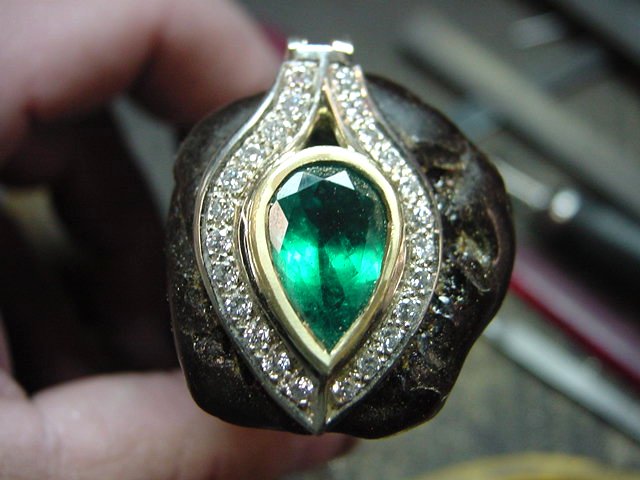However, I wonder if you, or someone who knows setting in silver
would comment on whether working or heat hardening bezels and/or
prongs would help in wear without making setting too difficult.
Whether it would make setting too difficult depends on your skill,
and the style.
For many of us who are used to stone setting, it would be hard to
find or design a silver setting we’d have too much difficulty with,
since silver is basically a lot softer than the more common setting
metals. No piece of work hardened or heat treated silver will ever be
anywhere near as hard as any white gold, for example. But if you’re
only used to setting silver or high karat yellow gold, then it might
be different.
As to wear, or other issues, one thing to keep in mind with heat
treating is that while it can increase stiffness and hardness, to
resist bending or abrasion (abrasion to a lesser degree, given that
most of the things that abrade metal in wear are already a different
hardness from the silver), it may not always be the best idea for
settings. Heat treatments have a tendancy to increase stiffness and
hardness, but at the same time, can also make the metal more prone
to cracking of stressed. This is in contrast to work hardening, which
when also handled properly, increases hardness in part by giving a
finer grain structure, which increases strength. For my part, I’d
suggest moderate work hardening for settings, but not so much, heat
treatment for things like prongs, where any brittleness or tendancy
to crack when flexed, could be a problem. For bezels, it wouldn’t be
a risk, so harder would be fine. Again, I’m not sure it greatly
increases longevity. It would increase resistance to bending,
denting, and the like, even if it wears down just as fast (which I’m
not sure it will.) My own use of heat treating silver generally is
with things like hollow ware, or sheet metal work where resistance to
denting or being bent, etc, is important. For those parts of jewelry
that benefit from greater hardness, I much prefer work hardening by
forging, twisting, flexing back and forth, or the like.
Peter



